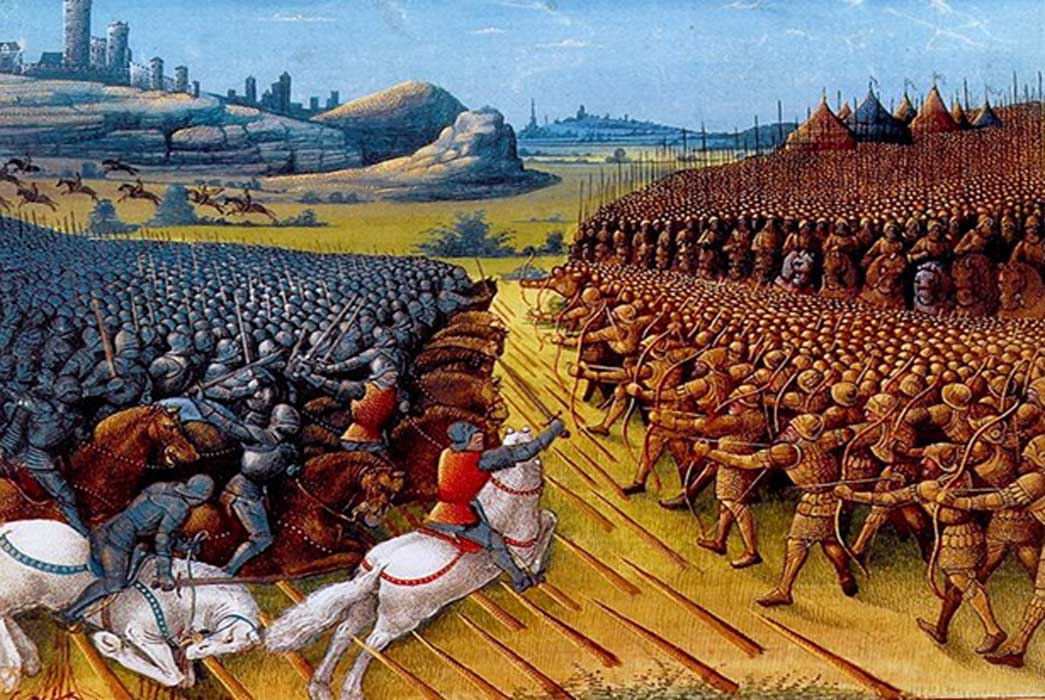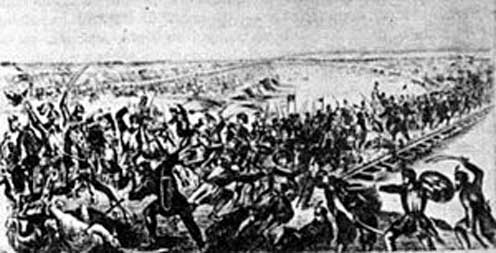
Thunder Clap and Lightning Strike! Conquering the World, and the Battle of Ankara – Part 1
What happens when two great conquerors of the ancient world and their mighty forces go head to head? A successful but unpredictable Ottoman Sultan was matched against a charismatic Mongol leader of an empire – leading to the Battle of Ankara, fought on 20 July 1402. The Ottomans were led by Bayezid I, who brought his troops against the Turkic Mongols (Timurids), led by Timur, also known as Tamerlane. Two great empires, two powerful leaders, with only one outcome…
Thunder and Lightning
On 15 June 1389, the Ottoman Sultan Murad I was assassinated on the battlefield at Kosovo. His son, Bayezid, also known by his nickname Yıldırım "The Thunderbolt,” was crowned the new Sultan of the Ottoman Empire. It is true that he could impulsively and unpredictable as a statesman. What often gets overlooked is that he was a capable military commander. Bayezid was a natural born leader. However, his leadership was best on the field of battle. This is how he got the nickname “Thunderbolt”; due to his swift maneuvering and attacking in battle.

Portrait of Bayezid I. (Public Domain)
Bayezid’s lighting-strike military campaigns began with the conquests of the beyliks (beylik was territory under the jurisdiction of a Bey; Bey is Turkish for chieftain) Aydin, Saruhan, Menteşe, and Sivas. The new Sultan continued his rampage throughout Anatolia (modern Turkey) during the fall and winter of 1390, as he confiscated Hamid, Teke, and Germiyan—as well as taking the cities of Akşehir and Niğde, and their capital Konya from the Karaman.
In 1391, the Karaman sued for peace and Bayezid accepted. Soon after, Bayezid moved north against Kastamonu and conquered both that city as well as Sinop.
Riding and Conquering, the Unstoppable Force
With much of Anatolia under Ottoman control, Bayezid turned his attention towards Southeast Europe. First on the list was Bulgaria. Having conquered them, he turned his forces on northern Greece and gobbled up their territory as well. It seemed as though nothing could stop him.
In 1394, Bayezid crossed the Danube River to attack Wallachia. However, the Wallachians proved troublesome against the much larger Ottoman army and were able to defeat them superior in number, but on 17 May 1395, they were defeated at the battle of Rovine, which prevented Bayezid's army from advancing beyond the Danube.

Battle of Rovine, 1395 (Public Domain)




